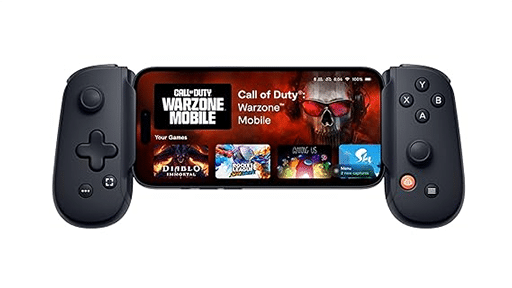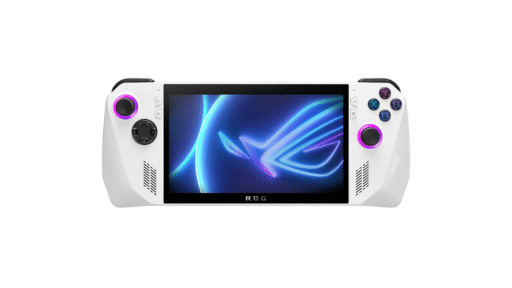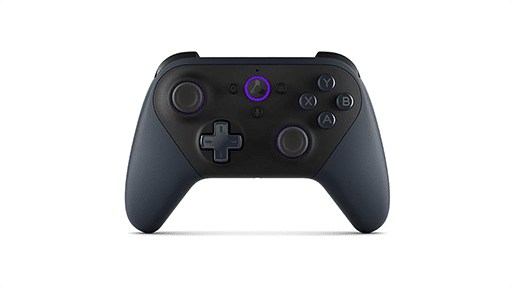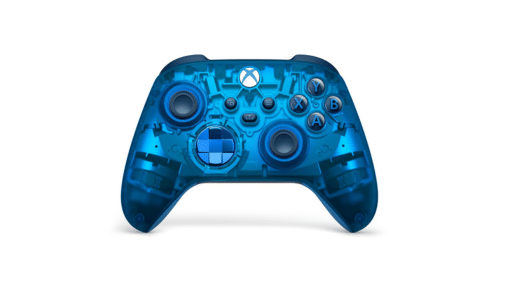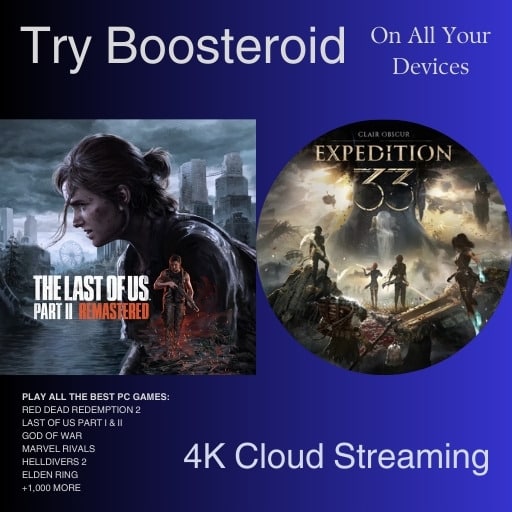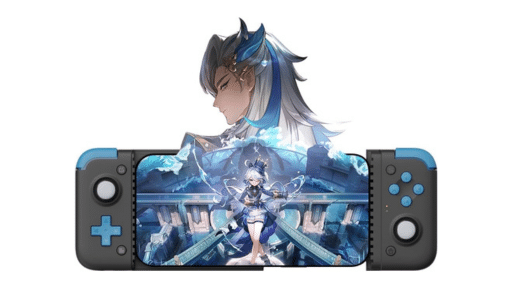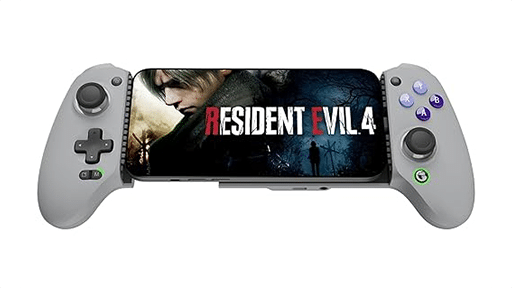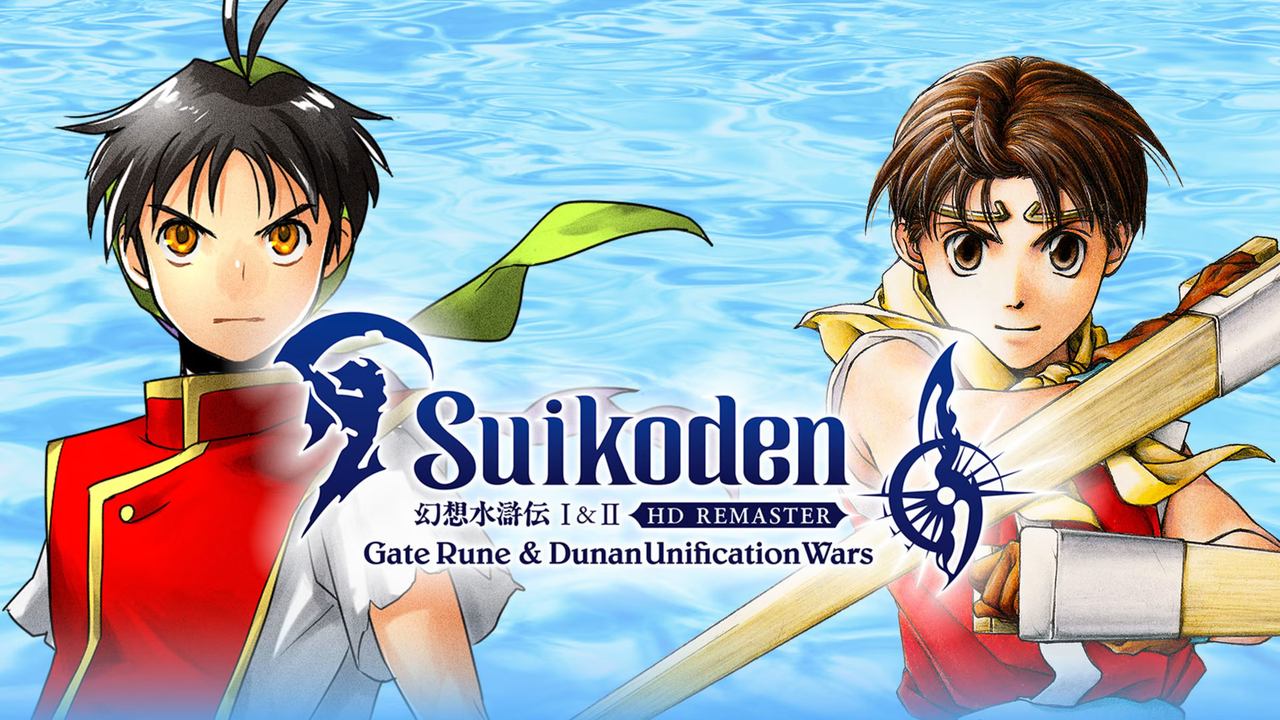
I rented Suikoden on a whim back in the late ‘90s. The cover looked cool, and I was in the mood for something new. I had no idea what I was getting into. By the time I had to return it, I was already hooked, scrambling to recruit as many Stars of Destiny as I could before the weekend was over. When Suikoden II launched, I wasn’t about to make the same mistake—I bought it outright. Years later, I was glad I did, considering how rare and expensive it became. Now, with Suikoden I & II HD Remaster, these classics are finally available again, giving both longtime fans and newcomers a way to experience them without hunting down old copies.
For years, Suikoden I and II were stuck behind high secondhand prices and limited digital releases. This remaster finally changes that, offering visual upgrades, quality-of-life improvements, and a new translation. More importantly, it gives both longtime fans and newcomers the best chance yet to experience what made these games so memorable.
But Suikoden’s legacy isn’t just about nostalgia. These games stood out for their political storytelling, massive cast of characters, and unique approach to army recruitment. They weren’t about a chosen hero defeating an ancient evil. Instead, they told stories of rebellion, leadership, and the cost of war. Even decades later, that structure still feels different from most RPGs, and this remaster offers a chance to revisit that experience with a new coat of paint. The big question is: does it do these classics justice?
A Tale of War, Betrayal, and Leadership
At their core, Suikoden I and II aren’t just about fighting some ancient evil or chasing destiny. They’re about war, betrayal, and the weight of leadership. Both games focus on political struggles, shifting alliances, and the challenge of bringing people together against a greater force. That realism gives them a different feel from most RPGs of the time.
In Suikoden I, you start as the son of a respected general, only to be forced into exile after uncovering corruption at the highest levels of the empire. What begins as a simple mission spirals into something much bigger—you’re no longer just a soldier. You’re leading a revolution. The shift from following orders to making tough calls yourself hits hard, especially when it affects your closest allies.
Suikoden II builds on those themes but adds more depth and emotional weight. Instead of a simple rebellion, it tells the story of two childhood friends—one who fights against an invading force and one who climbs its ranks. Their bond is at the heart of the game, and the way their ideals clash over time adds an emotional layer that few RPGs manage to pull off. One scene that always stood out to me was a quiet conversation between the two, where, for a moment, they were just kids again. The war had changed everything, but that connection still lingered.
Both games follow a similar structure—recruiting allies, building an army, and leading a revolution—but Suikoden II refines everything the first game started. Its characters are more developed, its conflicts feel more layered, and the world feels more alive. If Suikoden I lays the foundation, Suikoden II builds something even greater on top of it.
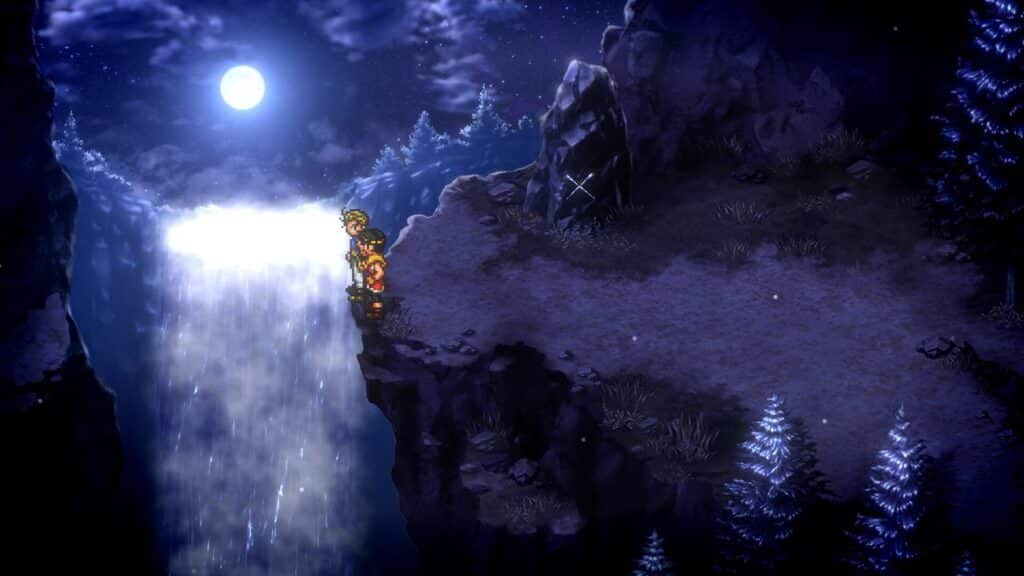
Recruit, Battle, and Lead an Army
At a glance, Suikoden I and II follow familiar RPG gameplay mechanics—turn-based battles, dungeon exploration, and character leveling. But what sets them apart is how those elements tie into a larger war. You’re not just controlling a small group of heroes; you’re leading an army, gathering allies, and expanding your headquarters as your rebellion grows.
Turn-Based Combat
Both games use a six-character party system where positioning matters. Some characters fight best up close, while others attack from a distance. Battles move quickly, with all actions playing out at once, making encounters feel fast and fluid. Each character can attack, defend, use items, or cast magic through rune-based abilities. Suikoden II expands on this by allowing more rune slots per character, adding more room for customization.
Unite Attacks add another layer to combat, letting certain characters team up for special moves. Some deliver massive damage, while others exist purely for comedic effect, like drunk warriors flailing wildly. Experimenting with different party setups makes every battle more interesting.
One moment that stood out was a late-game boss fight in Suikoden II. My team was barely holding on after a brutal dungeon, and my healer was completely out of magic. As a last-ditch effort, I used a Unite Attack I hadn’t tried before. To my surprise, it wiped out the boss in one hit. Moments like that make trying new party combinations feel worthwhile.
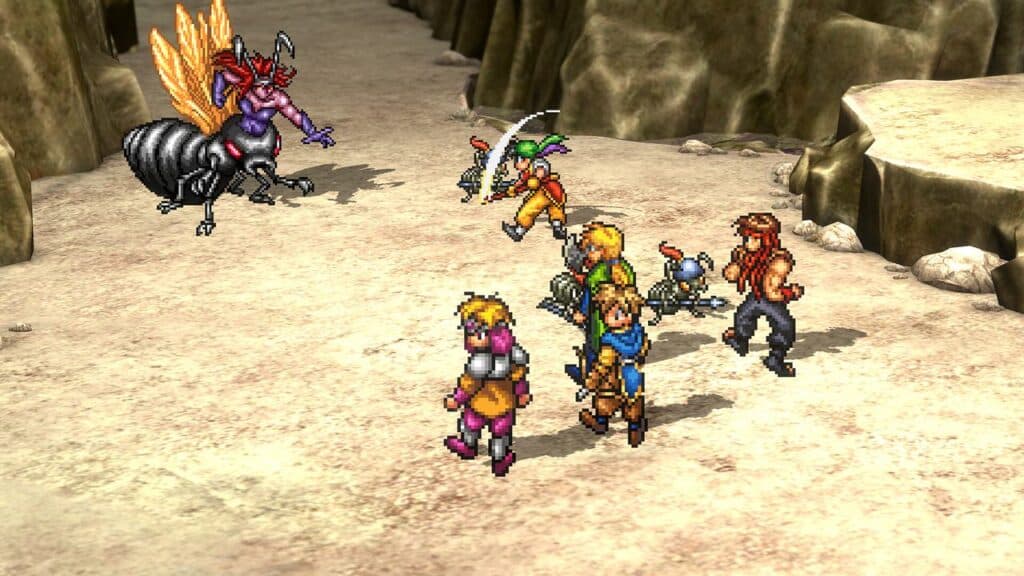
108 Stars of Destiny and Base Building
Not everyone joins your army willingly. Some recruits follow you without hesitation, but others need convincing—or a favour first. As your numbers grow, so does your headquarters, transforming from a barebones hideout into a full-fledged base with shops, training grounds, and even a bathhouse. Watching it evolve with each new recruit is satisfying, especially when familiar faces settle in and start contributing in their own way.
War Battles and Duels
Beyond standard battles, both games feature large-scale war encounters and one-on-one duels.
- Suikoden I uses a rock-paper-scissors system for army battles. It’s simple but can feel too reliant on luck.
- Suikoden II improves on this with a grid-based strategy system, making battles more tactical and engaging.
Duels, on the other hand, are high-stakes one-on-one fights where you must predict an opponent’s actions based on their dialogue. These moments keep things exciting, especially when losing comes with real consequences.
Aged Gameplay Mechanics
Some gameplay mechanics haven’t aged as well. Suikoden I’s inventory system is a hassle—each character has limited space, and there’s no shared storage, which makes swapping gear more tedious than it should be. Recruiting all 108 characters can also be tricky. Some require specific triggers, and if you miss the window, that’s it. It adds replay value, but also makes getting the best ending harder than it probably should be.
Even with these issues, both games still hold up. The fast combat, massive cast, and large-scale battles give them a scope that few RPGs from the era could match.
A Modern Touch with Some Rough Edges
Suikoden I & II HD Remaster gives both games a visual upgrade while keeping their classic feel. The character sprites are sharper, but they still have that old-school PlayStation charm. The biggest change is the backgrounds, which have been completely redrawn. Some look great with better lighting and more detail, but others feel off—too smooth, too modern. In some spots, the new look clashes with the pixel art.
Character portraits got a makeover, especially in Suikoden I. Some fans might miss the original designs, but the new ones, drawn by Junko Kawano, have more detail and expression. Spell effects and battle animations also got a touch-up, adding a bit more flash without changing the feel of combat.
The soundtrack is just as strong as ever. Suikoden II still has one of the best RPG scores out there, and the remaster sticks to the original compositions. The only downside? If you speed up battles, the music speeds up too. It’s not a dealbreaker, but it would’ve been nice to have an option to keep it normal.
At the end of the day, this remaster makes Suikoden I and II more accessible without messing with what made them special. The sharper visuals, improved portraits, and updated translation make it an easier way to experience these classics. Some artistic choices might divide longtime fans, but it’s great to finally have both games on modern platforms.
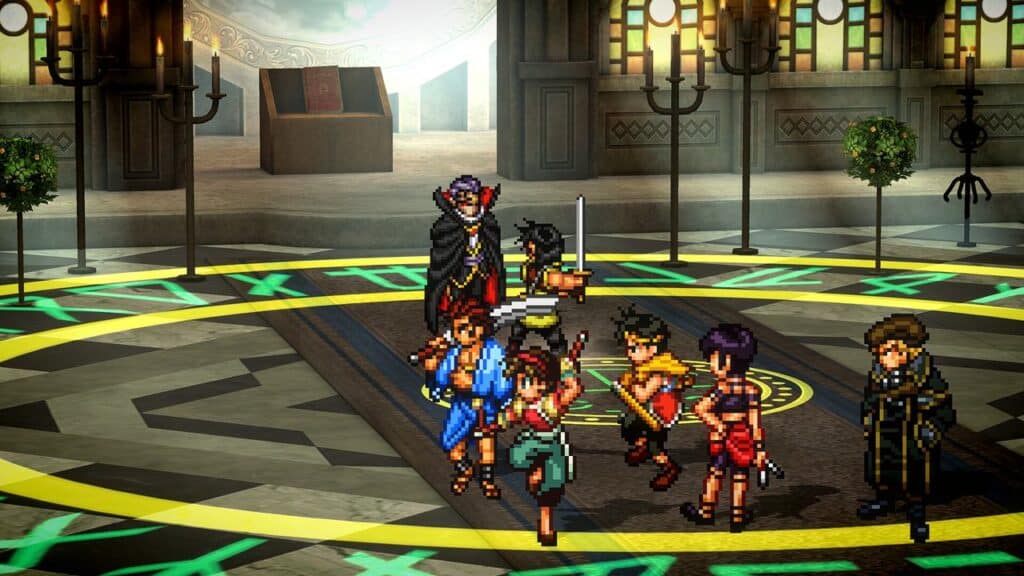
Suikoden I & II HD Remaster is a Classic Reborn
Revisiting Suikoden I & II in this remaster felt like stepping back into a world I hadn’t seen in years but still knew by heart. The moment I reached my first headquarters and started recruiting allies, the memories came rushing back—the thrill of gathering an army, the weight of choices made along the way, and the heartbreak of watching friendships fall apart in the face of war. These games have lost none of their impact, and playing them again only reinforced why they’ve stuck with so many people over the years.
For newcomers, Suikoden I & II HD Remaster is the best way to experience two of the finest RPGs of their era. The storytelling is just as gripping, the combat is fast and strategic, and the 108 Stars of Destiny system makes every playthrough feel personal. The remaster improves the experience with sharper visuals, a better translation, and useful quality-of-life features, even if some mechanics—like inventory management—still feel outdated.
Between the two games, Suikoden II stands as the clear winner. It refines nearly every aspect of its predecessor, delivering a more emotional, layered story with stronger character arcs and deeper mechanics. While Suikoden I remains an important foundation, its sequel takes everything to the next level, making it one of the greatest RPGs of its time.
With this remaster, Suikoden finally has a chance to reach a wider audience after years of being difficult to find. Whether you’re returning to these classics or experiencing them for the first time, this collection is proof of why Suikoden’s legacy still matters. Hopefully, this is just the beginning of a revival that will bring the series back where it belongs.
Suikoden I & II HD Remaster

Summary
Suikoden I & II HD Remaster brings these RPG classics to modern platforms with sharper visuals, a cleaned-up translation, and a few quality-of-life tweaks. The political storytelling, fast-paced combat, and 108 Stars of Destiny recruitment system are just as strong as ever, though some gameplay mechanics show their age. The updated backgrounds are hit-or-miss, and fast-forwarding battles speeds up the music, which feels like an oversight. It’s not a perfect remaster, but it’s the easiest way to experience two of the best RPGs of their time.
As always, remember to follow us on our social media platforms (e.g., Threads, X (Twitter), Bluesky, YouTube, and Facebook) to stay up-to-date with the latest news. This website contains affiliate links. We may receive a commission when you click on these links and make a purchase, at no extra cost to you. We are an independent site, and the opinions expressed here are our own.

